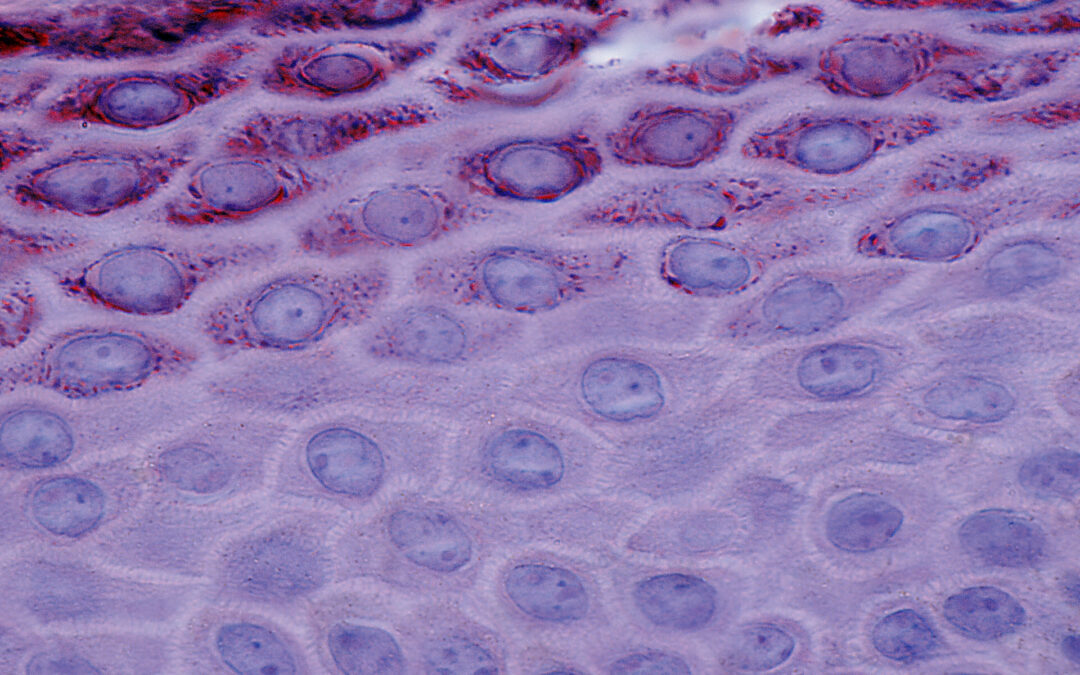
by Karen O'Hanlon Cohrt | Oct 6, 2025 | Disease Models, Trends
In a previous article we introduced keratinocytes and looked at their biological functions and subtypes. Here, we explore some of the main reasons researchers study keratinocytes and the various approaches used. We focus on 2D assay formats, outlining their advantages...

by Karen O'Hanlon Cohrt | Apr 11, 2018 | Trends
In the modern fast-paced worlds of research and medicine, disease models that take us closer to the real-life situation are highly desirable. While we can’t discredit the power of in vitro cell culture methods to provide important clues about biological processes,...

by Karen O'Hanlon Cohrt | Nov 27, 2017 | Industry News, Trends
In our last post, we walked through some of the canonical hypotheses surrounding Alzheimer’s Disease (AD), but what about all the other hypotheses that are knocking around? Since AD’s discovery over a century ago countless ideas have emerged, yet the exact cause of...

by Karen O'Hanlon Cohrt | Feb 4, 2025 | Cell Culture Techniques, Trends
Induced pluripotent stem cells (iPSCs) have become a mainstay in disease modeling and drug development, offering almost unlimited opportunities to study human biology in the lab. However, working with these cells can present hurdles that catch even the most seasoned...

by Karen O'Hanlon Cohrt | Jun 8, 2025 | Cell Culture Techniques, Trends
A critical prerequisite for any drug discovery program is the availability of robust ways to study the disease in question and evaluate how experimental treatments impact disease phenotypes. Disease models ranging from patient-derived cell lines to whole animal models...

by Karen O'Hanlon Cohrt | Oct 29, 2024 | Trends
Trogocytosis, from trogo meaning ‘to gnaw’ or ‘to nibble’ in Ancient Greek, is an active process during which one cell receives cell surface molecules and membrane fragments from another cell in a unidirectional and cell-contact dependent manner. Within immune cells,...







